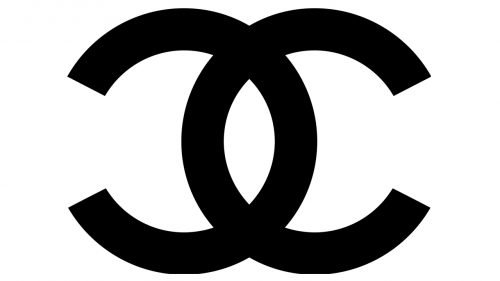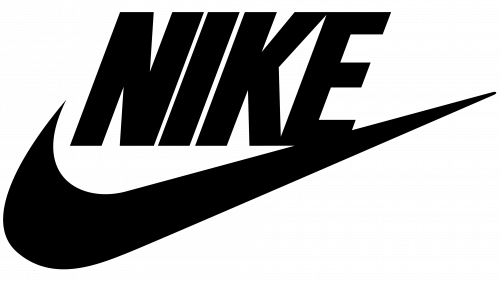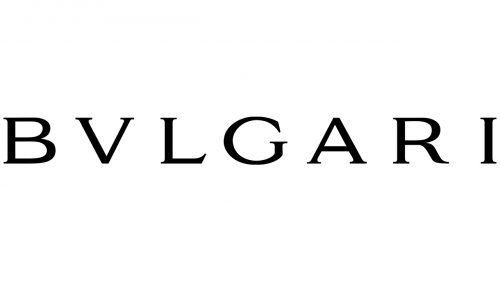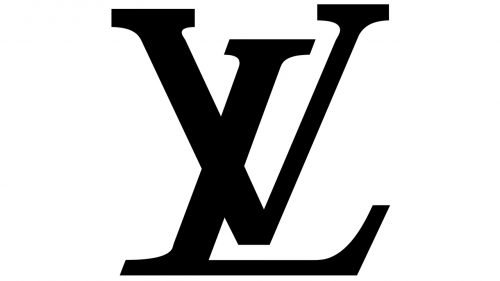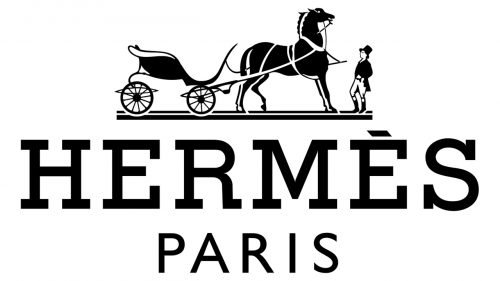The overall success of a brand puts its logo in the limelight. The logo, in its turn, plays a vital role in the popularity of a brand.
Chanel
Chanel’s logo is essentially minimal. It has always looked almost the same – simple and unobtrusive – even in the era when elaborate, highly ornamental designs were a norm. While throughout the latest decades many company logos have been simplified, Chanel did not have to do that – the interlocking “C’s” do not contradict current design trends.
While quite a few fashion companies have a logo featuring symmetrical interlocking letters or something like this (Gucci, Fendi, Escada, Balenciaga), it is Chanel that has been considered the pioneer.
Nike
The emblem used by Nike is so popular it even has a name of its own, “Swoosh.” Simple, dynamic, unmistakable – due to these characteristics the Swoosh has become one of the most successful emblems in contemporary logo design. The company only had to remove the word “Nike” as an adjustment to modern design trends.
The emblem is the most known work of its author, Carolyn Davidson, who created it in 1971 while a graphic design student. For it, she originally received only $35. She did not even hear a single word of praise as Phil Knight, the co-founder of Nike, did not like the Swoosh very much. It was only in 1983 that the company presented “The Logo Lady” with the generous gift of 500 shares (around $1,000,000 today) and a diamond ring.
Bulgari
While the second letter of the company name damages legibility, it also makes the emblem recognizable. In this way, it is very much the same as the “a” in the Samsung logo.
Initially, Sotirios Bulgaris, the founder, replaced the “U” with the “V” because he wanted the name of the brand to remind that his surname sounded as “Voulgaris” in his native tongue, Greek.
Louis Vuitton
The Louis Vuitton logo possesses a rare quality – it is minimal and luxurious simultaneously. You can hardly call it simple – the serifs and the way the letters interlock give it some old-school elegance and class. And yet, it still looks modern because it is pretty clean. You will not find pictorial elements or any visual rubbish that could have cluttered the design.
Hermes
The cluttered design hardly linked with what the company is busy with now would have been unforgivable for any brand but Hermes. The company deliberately steers clear of such trends as simplification, geometrical shapes, sans serif fonts, scalability, and responsive design. If this logo could speak, it would say: “I know what luxury is. I know what sophistication and quality are. I have over 180 years of experience. And I’m not going to compromise my expertise to cater to the needs of the mass market consumer or the short-lived trends. Whatever the cost.”
This is why we can see an elaborate design featuring a carriage – it reminds of the history of Hermès, the era when it was known as a carriage accessories manufacturer for the aristocracy.


